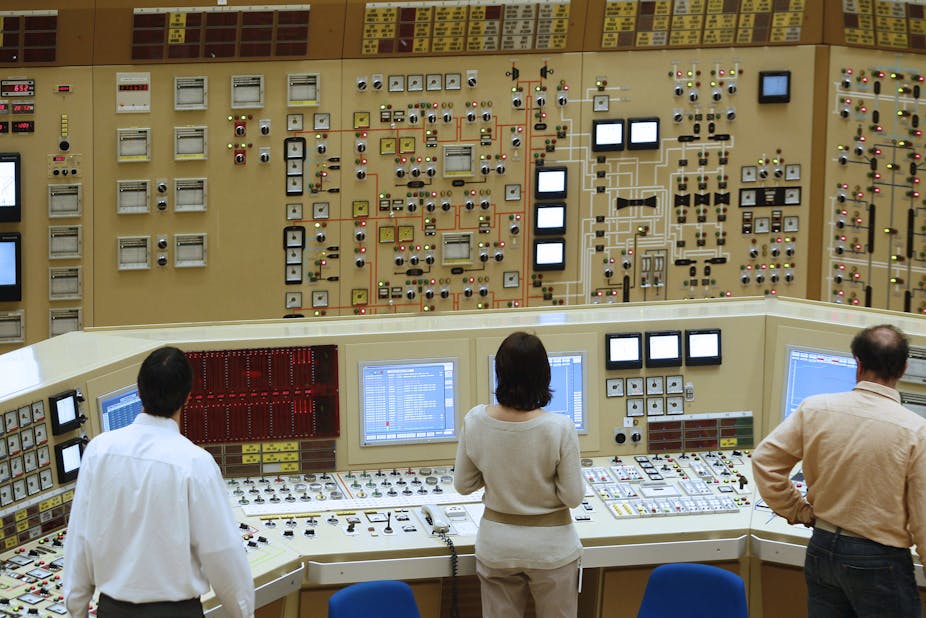With tensions running high in Ukraine and the release of the third part of the IPCC Fifth Assessment Report, energy security and climate change are on governments’ agendas. Specifically, how to reduce carbon emissions without compromising energy security.
In the recently released 2030 climate/energy package, EU chiefs write that they believe it is possible to spur “progress towards a low-carbon economy” and improve “the security of the EU’s energy supplies” by increasing the share of renewables in the energy mix, improving energy efficiency, and decreasing greenhouse gas emissions.
These goals may or may not improve the energy security situation which, as the war of words in Ukraine tips over into shots fired, becomes an ever-more pressing issue.
It will depend on how and where these measures are implemented. Tackling emissions from the largest economies is most important for achieving climate targets, but the most important countries for improving European energy security are the smallest and most vulnerable. Not only that, but the top short-term priorities for improving security of gas supply (including more gas storage and wider diversification of supply) would have little impact on these long term climate/energy targets.
Cleaning up energy
Tackling climate change is all about the global energy system; it doesn’t matter where emissions come from. So improving the situation in Europe, which accounts for more than 16% of global greenhouse gas emissions, makes a lot of sense. But energy systems in Europe still largely correspond to national boundaries and some of these energy systems are more vulnerable then others.
If Europe wants to meet its self-imposed goal of a 40% reduction in emissions compared to 1990 levels by 2030, the priority countries are the biggest emitters: Germany, the UK, France and Spain together account for over 50% of Europe’s emissions. What goes on in the Baltic states or Bulgaria has very little impact on Europe’s total emissions – but from the point of view of energy security it does.
Shoring up energy
Despite increasing energy imports, Western Europe’s energy security has risen over the past ten years due to diversification of natural gas suppliers and supply routes, including those from North Africa, the Caucasus, Scandinavia and Russia. But in the former Soviet states in Eastern Europe there has been very little supply diversification, and the historic infrastructure is centred around connections to Russia rather than to the European energy grid.
To make matters worse, many of the these countries have, like Ukraine, heating and electricity systems dominated by imported Russian gas. In fact, heating in the city of Budapest is 96% dependent on natural gas. It’s no surprise that Hungary is investing in gas storage equivalent to over two-months of peak demand given the lack of heating alternatives.
Increasing gas storage and supply route options, including the construction of the Baltic’s first floating liquid natural gas terminal, at Klaipėda in Lithuania, could help ease gas insecurity in the former Eastern Bloc. But these strategies will have no impact on Europe’s climate/energy goals, other then diverting investment which could go toward the “greener” ends of spending on renewables and improving energy efficiency.
Over the long term, the Baltic and Eastern European states will all need to invest in interconnections carrying gas and electricity to other Eastern European and Western European countries. Greater connections between European states would improve the energy system’s flexibility and, in terms of electricity, would be key to aiding the penetration of renewables. By connecting states to both the abundant wind energy in northern Europe and the abundant solar power in the south, consumers could buy solar power when the wind isn’t blowing and vice versa.
Energy security is affected by where we choose to reduce emissions, and in which sector. From the perspective of climate change it doesn’t matter whether emissions drop due to less coal, gas or oil use. But from an energy security perspective it matters a great deal. Cutting coal use in Europe may actually lead to greater energy dependence by increasing the need for imported gas. Cutting emissions from oil and gas would do the opposite.
So while in some ways climate change and energy security are complementary, the priorities for achieving each are not. If Europe is serious about taking steps to lessen its impact on the climate it should focus its efforts on a continent-wide project in emissions reductions – with the big emitters at the top of the list. But improving European energy security will require much more effort focused on building the resilience of the former Eastern Bloc through closer integration of energy infrastructure and energy markets.
Only by acknowledging this dichotomy can governments hope to make progress on both fronts. And in the meantime, it doesn’t make sense to speak of “European” energy security due to the vastly different energy security vulnerabilities facing each member state.

